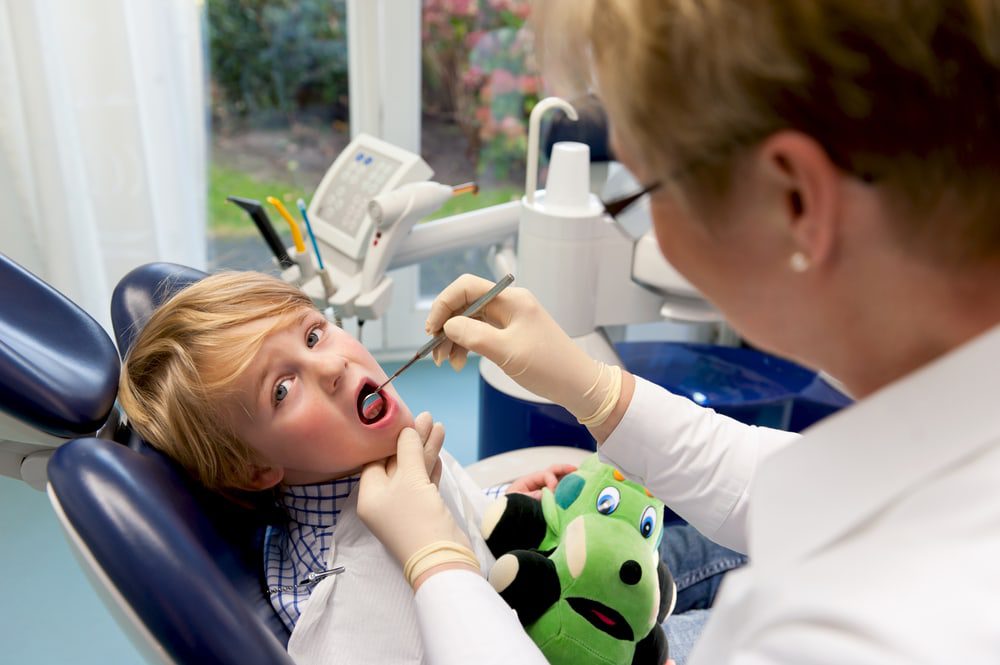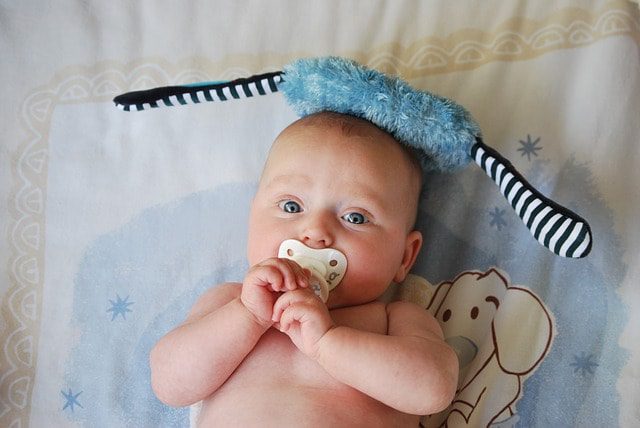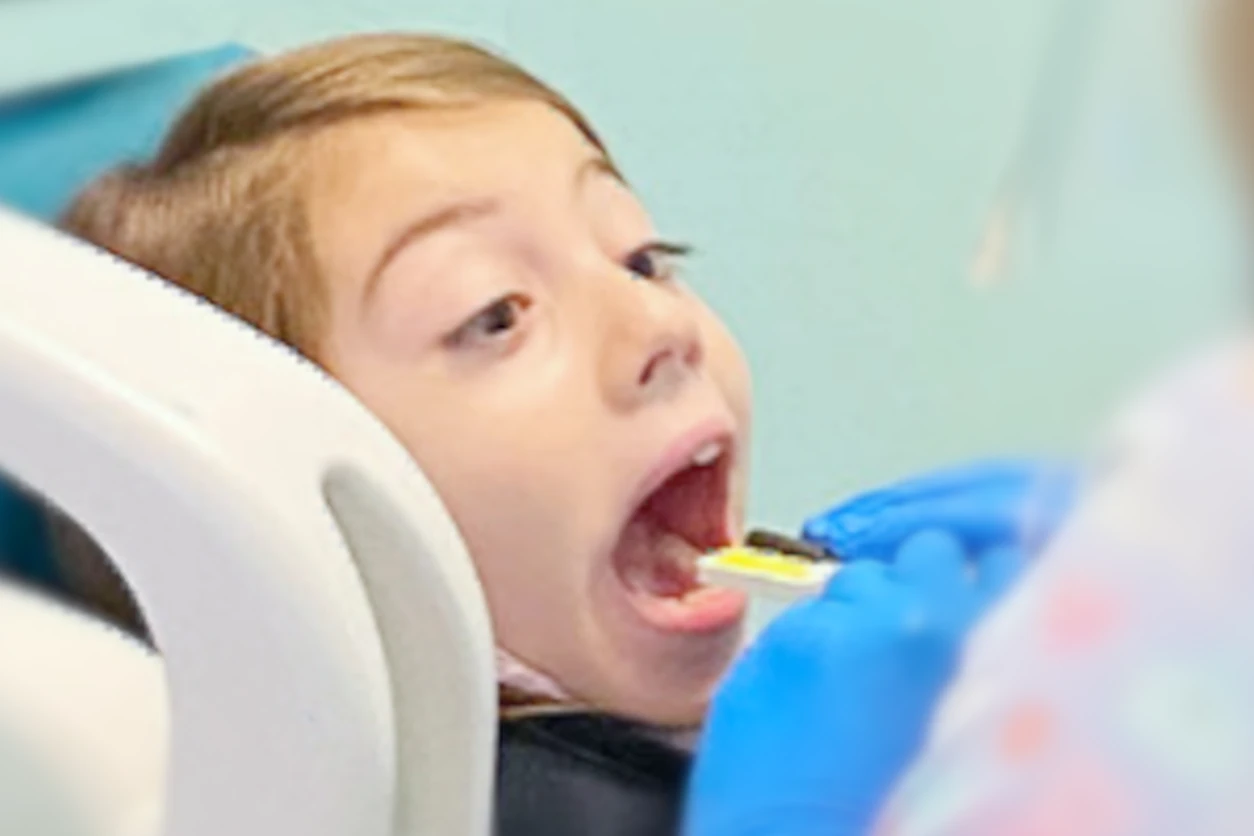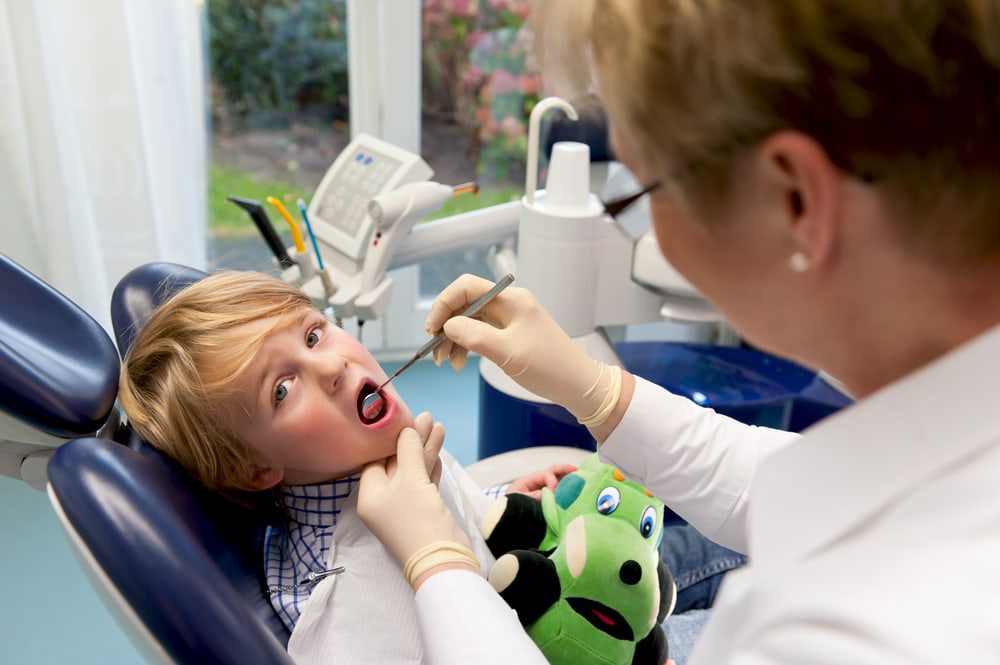Teaching kids good dental habits early helps set them up for a lifetime of healthy teeth and gums. Of course, kids aren’t known for their patience. Even if they brush correctly, they might not brush for a long enough time. Here’s a closer look at how long should kids brush their teeth and other dental health basics for kids.
How Long Should Kids Brush Their Teeth For?
Children should brush their teeth at least twice a day for two minutes each time. Brushing should start after their first tooth emerges. You’ll need to brush your child’s teeth until they can brush on their own, which usually happens around the age of six.
How Often Should Kids Brush Their Teeth?
How long should a 3 year old brush their teeth? A one-year-old? A 10-year-old? Fortunately, the answer is easy because it’s the same for everyone.
The American Dental Association recommends both children and adults brush their teeth for two minutes each time. At a minimum, child toothbrushing should occur twice a day, once after waking up in the morning and again at night before bed.
For maximum protection, brush after each meal. However, wait about 20 minutes after eating before brushing. Otherwise, brushing can press small particles of food against your teeth, scratching the enamel.
What Does Proper Infant Dental Health Look Like?
Regular dental care for an infant begins before their first tooth emerges. After every feeding, wipe your baby’s gums with a clean, damp cloth. Doing so prevents bacterial buildup, plus gets your little one accustomed to the basics of dental care.
After the first tooth emerges, regular brushing should begin. Use a soft-bristled infant toothbrush. For children under two, you can add either a smear of toothpaste or just warm water. Once the child is two or older, you can use a pea-sized amount of toothpaste.
One of the key aspects of child dental care is proper modeling from parents. Have your kids watch you when brushing. When they do, explain what you’re doing, but keep it simple and kid-friendly. Say something like food becomes stuck in our teeth after eating, and brushing helps keep our teeth clean and our breath smelling good.
What age should you stop brushing your child’s teeth? While there’s no set age, most children are capable of holding the toothbrush properly around the age of six.
Should Kids Be Flossing Too?
Once the child has two teeth that touch, regular flossing can begin. Parents will want to floss for their children, and it requires a level of manual dexterity kids don’t have. Generally, children can start flossing on their own at the age of ten.
You can use either regular dental floss or pre-threaded flossers. The American Dental Association says that both options are effective at removing debris and reducing plaque and tartar buildup. When children first start flossing on their own, many prefer to use flossers, which are easier to handle than traditional strings.
Kids (and adults) only need to floss once a day. The specific time doesn’t particularly matter. Many parents find that flossing their child’s teeth is easier in the morning. At night, both kids and parents are often tired, so flossing can feel like more of a chore.
As with brushing, the example set by parents plays an important role in flossing. Roughly 20% of adults don’t floss at all. If your children don’t see you flossing, they’re less likely to develop the habit themselves.
How to Make Toothbrushing Fun
Toothbrushing doesn’t have to be a tedious ordeal. Make brushing fun with the following strategies.
Let Your Child Choose Their Own Toothbrush
From Marvel to Disney and much more, toothbrushes are available in a huge variety of styles. Let your child choose their favorite. For children, choose a toothbrush with a small head, ergonomic handle, and soft bristles.
Your child can use either a manual or electric toothbrush. When children are first learning to brush on their own, they often brush too hard. An electric toothbrush makes it easier to brush with the appropriate level of pressure.
Give your child a new toothbrush (or replace the electric toothbrush head) every three months.
Turn Brushing Into a Game
You have a few options.
Many brushing apps are designed to promote good dental hygiene. Typically, they involve an animated character who guides children through the brushing process. Apps not only teach proper brushing techniques but also ensure your child brushes for an appropriate amount of time.
Technology isn’t the only way to make brushing fun. Ask your child to pretend a dirty puppy is in their mouth. They need to use their toothbrush to chase the puppy around.
Finally, use music. Play a favorite song while your child brushes. Choose a song that lasts for two minutes or more. When the song is over, your child knows it’s time to stop brushing. Of course, you don’t have to use an existing song. You and your child can make up your own brushing song.
Chart Their Progress
Set up a brushing calendar. Every time they brush, they put a sticker on the calendar. After placing a certain number of stickers, you can reward your child with a new toy, extra screen time, or something else fun.
When a child tracks their progress, brushing starts to become a matter of habit. Plus, the chart provides visual feedback, which children often react to effectively.
Working With Your Pediatric Dentist to Create Great Habits
When should you take your child to their first dental appointment? Generally, they should see a dentist either by the first birthday or after their first tooth emerges, whichever occurs first.
A pediatric dentist doesn’t just understand the science behind children’s teeth, they also know how to keep children at ease. The first appointment typically only consists of conversation and a brief exam, where the dentist will explain brushing techniques in a simple way that the child can easily understand.
Also, they’ll work with parents to develop a long-term dental care strategy, including providing any additional information about how often should a child brush their teeth.
Conclusion
How long should kids brush their teeth? Brushing for two minutes each time is the magic number.
Teaching your child how to brush properly, including how long to brush, helps develop healthy habits that will benefit them for their entire lives. Fortunately, by modeling good behavior yourself and using fun games, your child can easily learn the correct technique—and that’s definitely a reason to smile!




